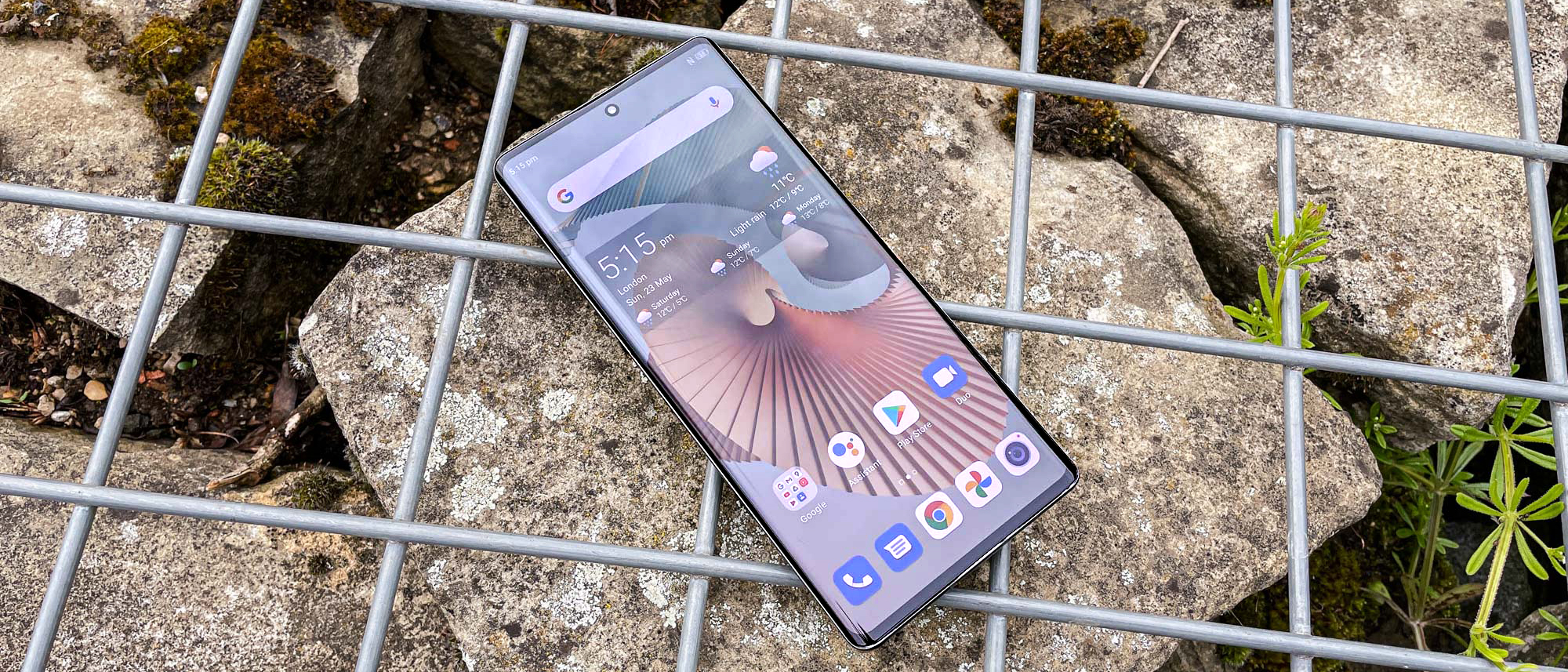Tom's Guide Verdict
The ZTE Axon 30 Ultra isn’t the top performer in every category, but it gets enough right to be a viable smartphone option. And it's much cheaper than comparable phones from Samsung or Apple.
Pros
- +
Great value for money
- +
144Hz display
- +
Excellent portrait and telephoto photography
Cons
- -
Uncomfortable design
- -
Poor 5G compatibility in U.S.
- -
Unrefined user experience
Why you can trust Tom's Guide
Starting price: $749/£649
Display: 6.7-inch FHD AMOLED (1080 x 2400)
Refresh rate: 60Hz/90Hz/120Hz/144Hz, adaptive
Rear cameras: 64MP main (f/1.9), 64MP ultrawide (f/2.2), 64MP portrait (f/1.9), 8MP telephoto with 5x optical zoom (f/3.4)
Front camera: 16MP selfie
Chipset: Snapdragon 888
RAM: 8GB/12GB
Storage: 128GB/256GB
Battery: 4,600 mAh
Charging: 66W wired
Operating system: Android 11 with MyOS 11
Size: 6.36 x 2.87 x 0.31 in (161.5 x 73 x 8 mm)
Weight: 6.6 ounces (188 grams)
The ZTE Axon 30 Ultra is a pretty surprising phone. It’s not that the features are out of the ordinary — everything you’d expect from a flagship-class handset is here. It’s just that you’ll be surprised at just how capable this phone is while costing hundreds less than high-end phones from Apple and Samsung
The “Ultra” badge has become increasingly common for the best of the best Android phones. However, the Axon 30 Ultra is the cheapest of these handsets while still offering excellent hardware to back it up. Compared to the OnePlus 9 Pro or the iPhone 12 Pro, it’s a great deal, as I found when testing the device for my ZTE Axon 30 Ultra review
ZTE Axon 30 Ultra review: Price and availability
ZTE will sell the Axon 30 Ultra from May 27 via its web store. Although you can’t get it via any carrier in the U.S. or U.K., it is sold unlocked in both regions.
The basic Axon 30 Ultra costs $749/£649, while the version with more RAM and storage costs $849/£739. This is incredibly cheap for an “Ultra” phone. The iPhone 12 Pro starts at $999/£999, and the Samsung Galaxy S21 Ultra at $1,199/£1,149. Even the competitively-priced OnePlus 9 Pro costs $969/£829 for the base model.
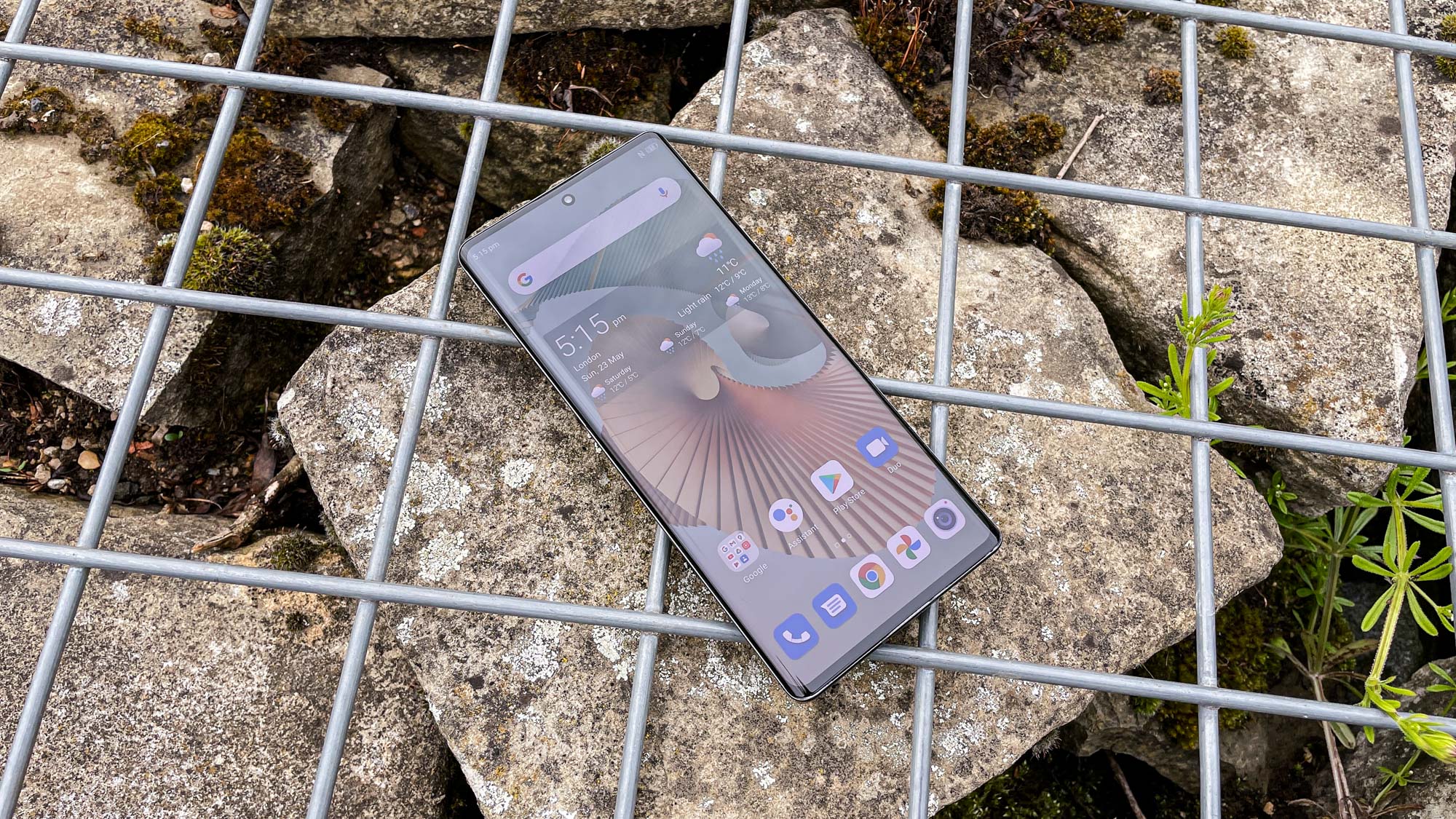
ZTE Axon 30 Ultra review: Design
You aren’t going to get many curious stares if you go around with the Axon 30 Ultra in your hand. The only distinguishing features on the back of the phone are its rectangular camera bump with four large lenses in the top left corner, a small “Neovision Photography” badge attached to the bump, and the ZTE 5G logo on the bottom right. For an Ultra phone, the ZTE sure doesn’t shout about it.
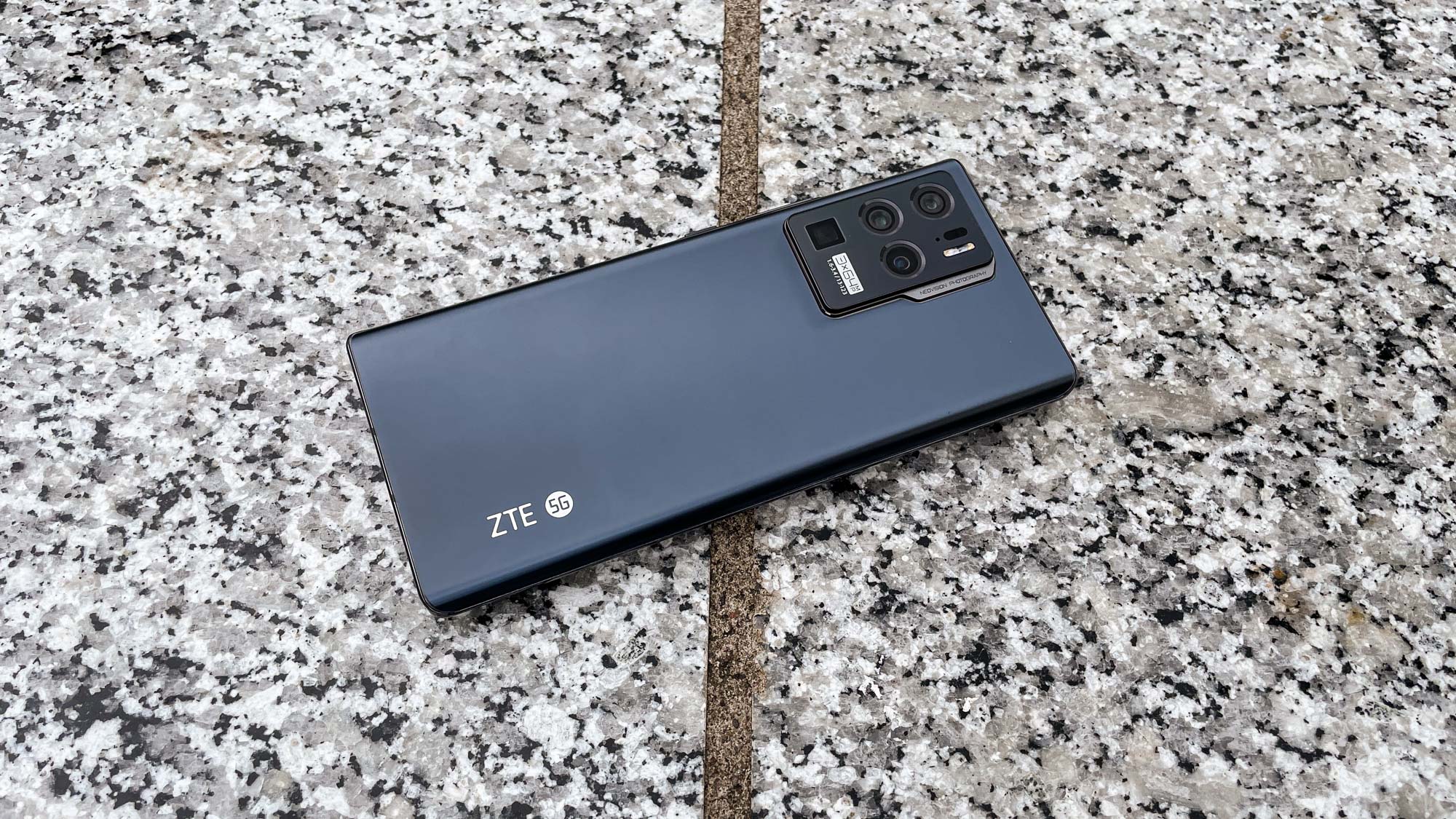
The ZTE Axon 30 Ultra only comes in black right now, which also causes the phone to blend into the background. Meanwhile on the front, a central punch-hole notch and curved display edges give the phone a sleek symmetrical face.
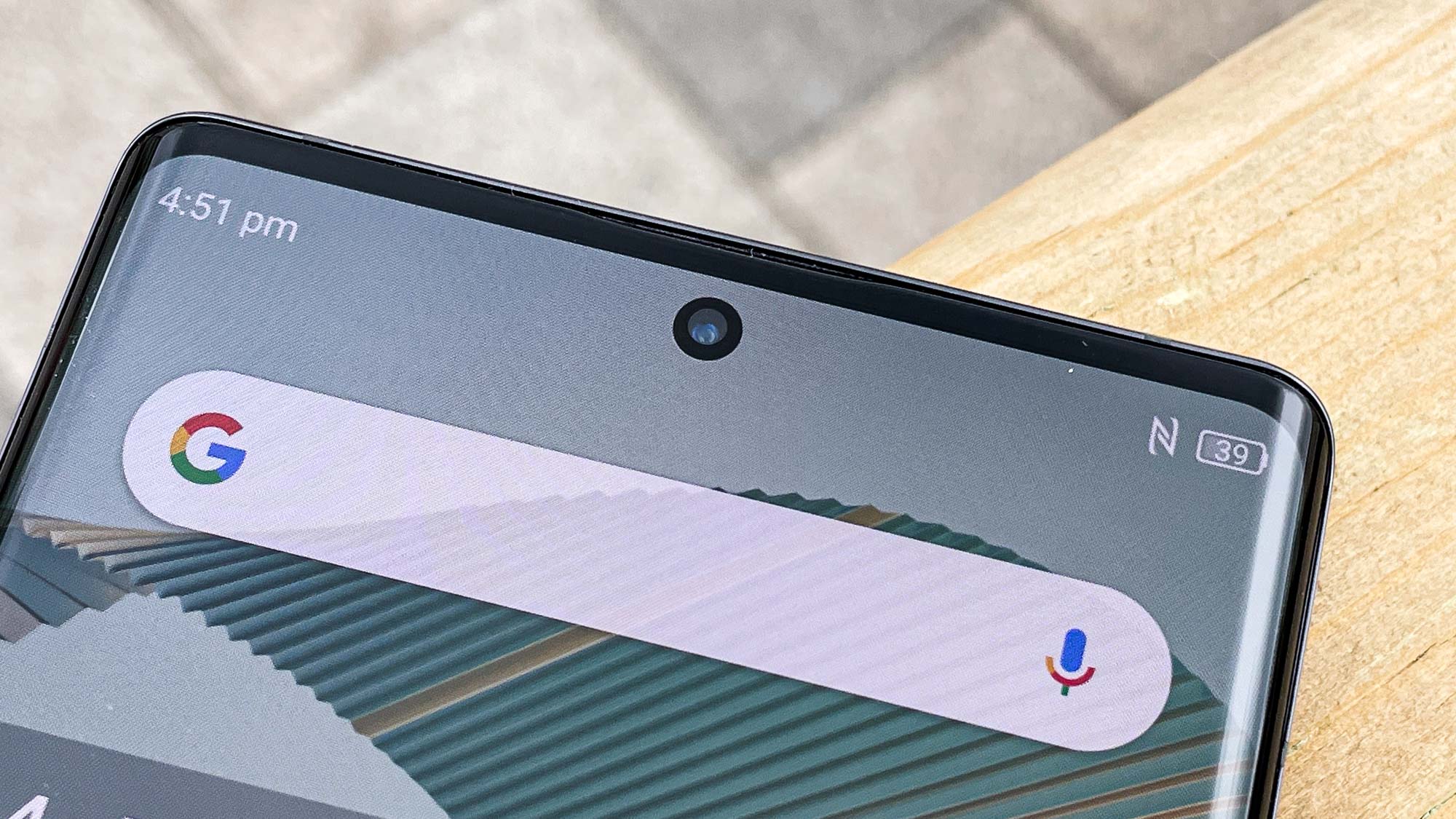
There’s no under-display camera on the ZTE Axon 30 Ultra like there was on last year’s Axon 20 5G, because ZTE has accepted that the technology isn’t good enough yet. The phone maker continues to work on under-screen cameras though, suggesting that this feature will return in future devices.
After holding the Axon 30 for a while, I began to notice the phone has weirdly prominent side rails. They dug into my palm when holding the device with any force, and while it’s not painful, I do worry that this could get annoying after using the phone long-term. At least, you can dispense with some of the awkwardness by turning to a soft case that fits the 6.36 x 2.87 x 0.31-inch phone.
ZTE Axon 30 Ultra review: Display
The Axon 30 Ultra’s 6.7-inch display requires a modest trade-off. The screen refreshes at a 144Hz rate, higher than even the increasingly common 120Hz rate found on premium Android phones. But you’ll have to settle for FHD resolution, instead of the sharper QHD resolution of phones like the OnePlus 9 Pro or Samsung Galaxy S21 Ultra.
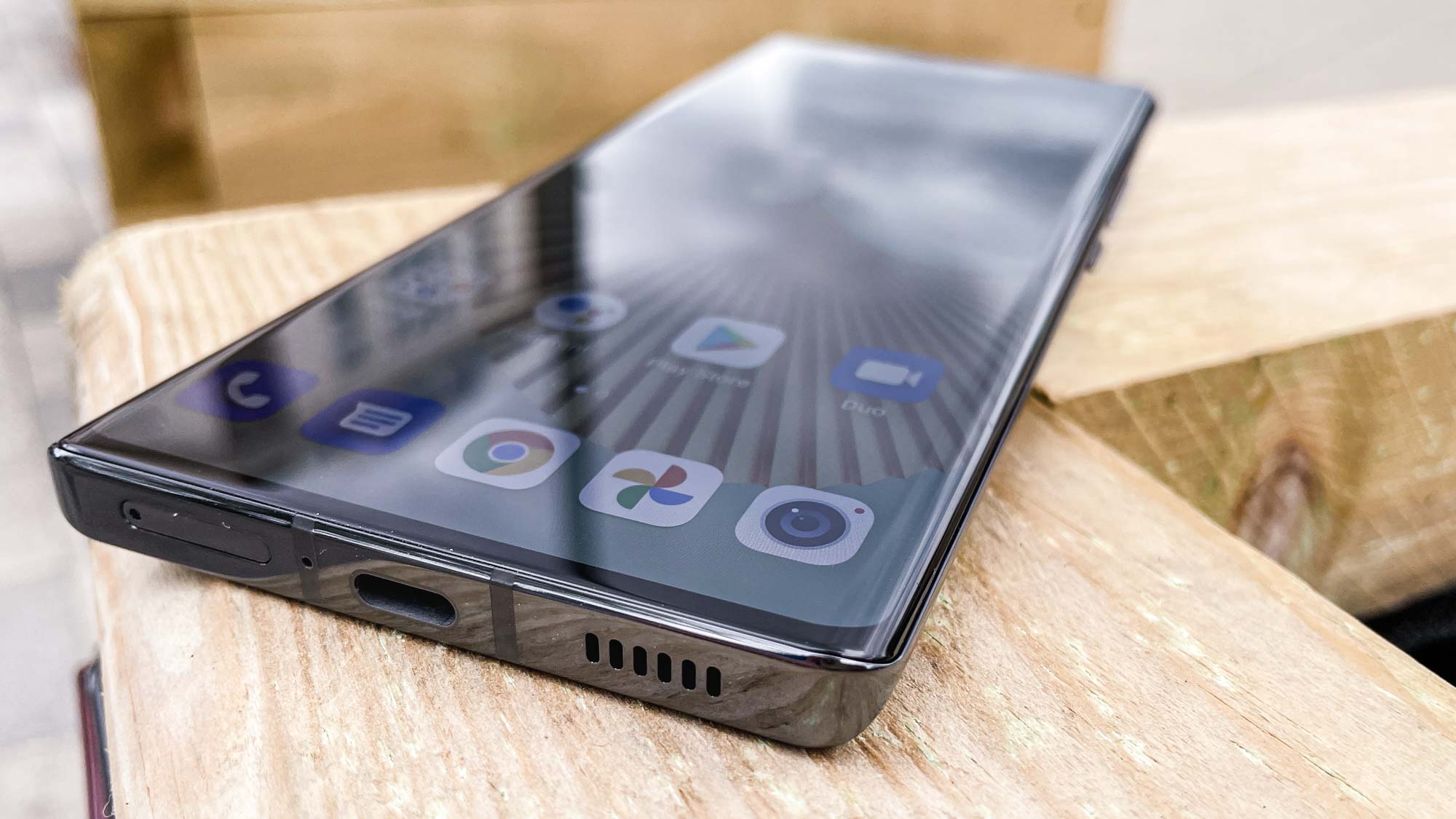
To save you some battery life, the Axon 30 Ultra uses an adaptive refresh rate system that can swap the refresh rate down as low as 30Hz when you’re engaged in more static activities. While the Axon 30 features a stepped system rather than the fully variable displays found on the S21 Ultra or OnePlus 9 Pro, it still works just as you’d want it to.
Watching the latest “Miss Minutes” trailer for the Disney Plus’ Loki, I loved how bright the Axon 30’s display was, plus how the dual speakers brought out the best in the punchy orchestral score. However when I swapped back to the OnePlus 9 Pro, it became clear that the colors were not quite as rich on ZTE's phone. And the higher QHD resolution on the OnePlus flagship made a notable difference when looking at details on the TVA’s monitors or the numerous establishing shots throughout the trailer. The Axon 30 Ultra’s display is solid, but other phones boast more impressive panels.
ZTE Axon 30 Ultra review: Cameras
In true ultra fashion, there are four potent cameras on the back of the Axon 30 Ultra — main, ultrawide and portrait cameras, all with 64MP sensors, plus an 8MP telephoto camera capable of 5x optical zoom and 60x maximum zoom. On the front, the selfie camera uses a 16MP sensor.
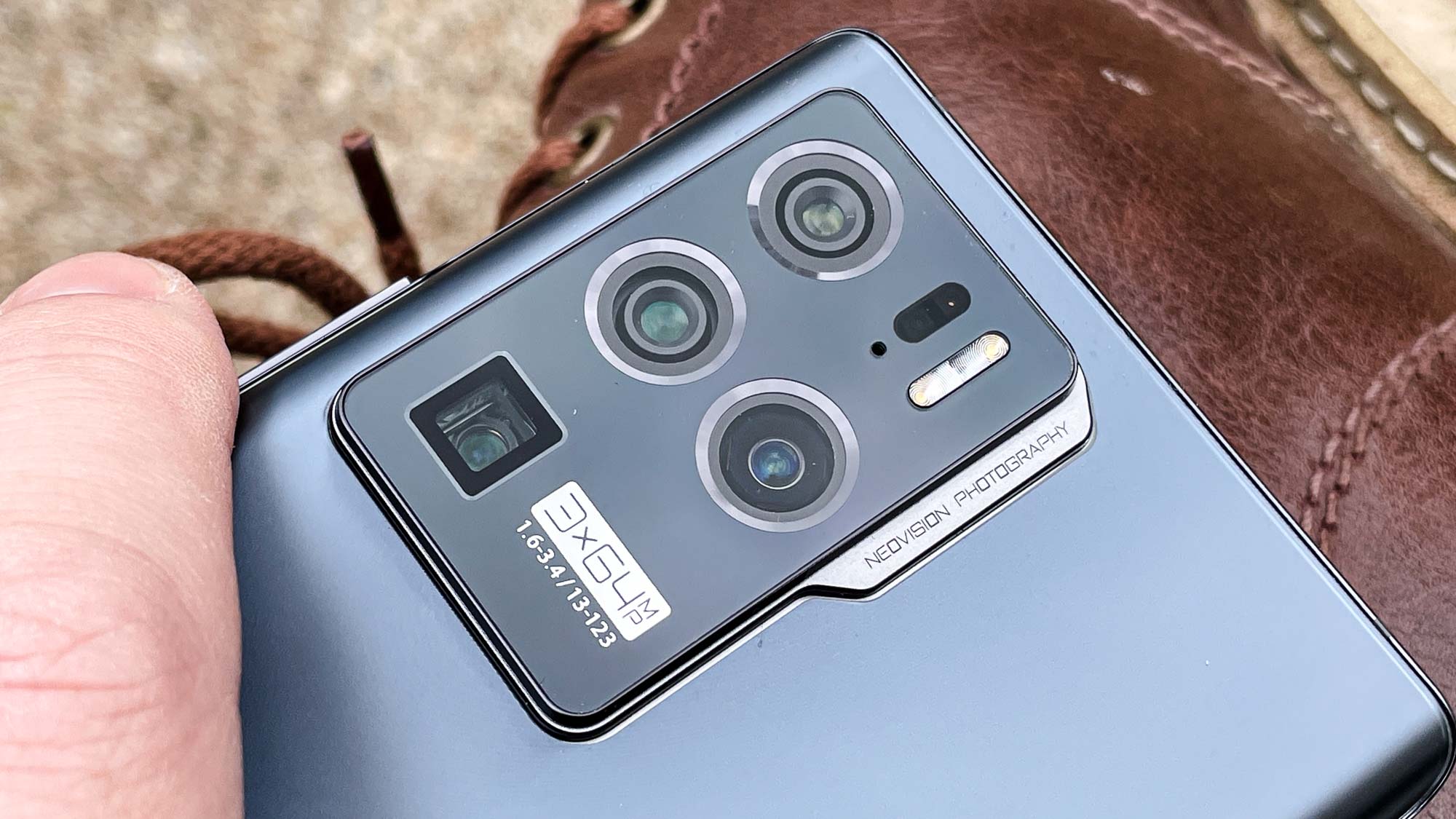
I captured images of the entrance to Camden Market with the ZTE Axon 30 Ultra and the OnePlus 9 Pro. Both photos look crisp, even with the bright sky taking up a large amount of the background. The OnePlus does better with colors, since the Axon’s shot is a little too bright and loses some richness in the metal and brickwork.
I used the superior night mode of the iPhone 12 Pro as the yardstick for this nighttime shot of Kings Cross station. The Axon 30 produces a cooler image that doesn’t handle the bright sources of light as skilfully as the iPhone. The ZTE’s night mode uses longer exposures than the iPhone, and as a result, raindrops turn into streaks. That’s at least a cool-looking effect that may be of interest to some users.
Swapping back to the OnePlus 9 Pro for an ultrawide comparison looking over the Regent’s Canal, we can see it again offers better colors than the Axon 30 does. There’s not much difference in overall quality though, since the OnePlus also uses a larger than average 50MP ultrawide camera sensor.
I zoomed in on a pigeon posing on the roof of a Camden Market food stall to test the Axon 30 Ultra’s 5x telephoto lens. As expected, the higher magnification means you end up with a brighter, clearer image than the OnePlus 9 Pro, which can manage 3.3x magnification before having to crop in digitally.
The most unique camera on the Axon 30 is its 64MP portrait camera While most phones with portrait lenses are fitted with a low-level optical zoom lens, such as the Galaxy S21 Ultra, ZTE has instead fiddled with the lens’ focal length to give you the ability to fit in your subject without needing to back away several steps.
When trying the portrait shooter out against the iPhone 12, I was able to position the ZTE far closer to myself, which certainly made it easier to get a good shot. While the iPhone offers more pleasantly warm colors and a neater separation between me and the trees in my backyard, the narrower angle of the Axon’s photo and more gradual depth-of-field effect makes it feel more like a portrait rather than just me against a blurred background.
Our last comparison pits the OnePlus 9 Pro against the Axon 30 Pro in a selfie shot contest. The ZTE disappoints again with its less vivid image, plus its portrait cut-out algorithm has struggled to separate the top of my head from the tree behind me. I’d say the OnePlus does a better job with its bokeh effect, too.
ZTE Axon 30 Ultra review: Performance
In line with its Ultra claim, ZTE has fitted this phone with a Snapdragon 888 chipset, and either 8GB RAM and 128GB storage or 12GB RAM and 256GB storage. That rivals all but the few phones that offer 16GB RAM, and for substantially less money.
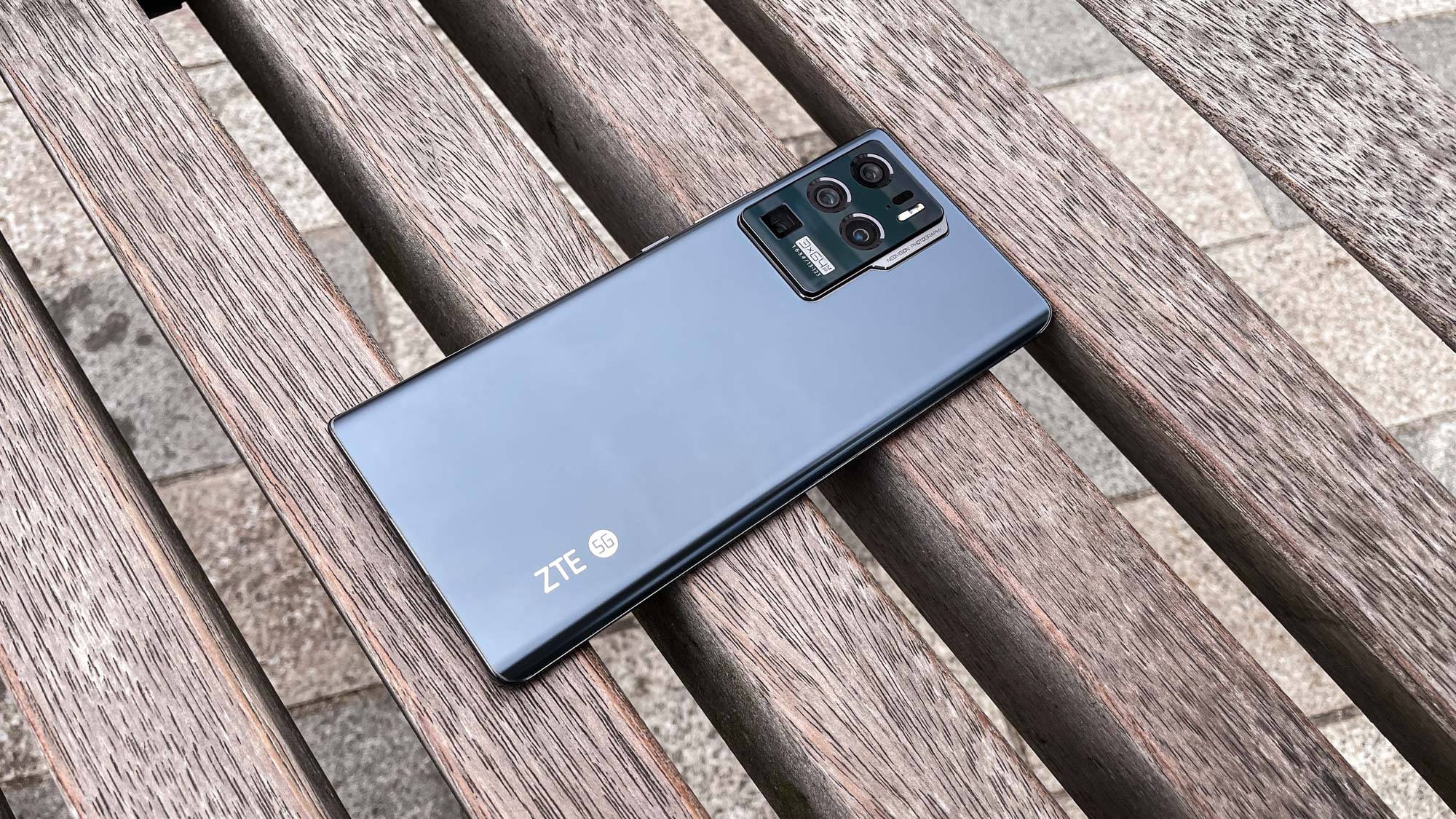
Bearing in mind that my review unit is the 8GB/128GB base model, the Axon 30 Ultra managed 1,124 single core and 3,637 multi-core scores on the Geekbench 5 general performance test. That’s a touch lower than the 1,126 and 3,685 scored by the OnePlus 9 Pro, and far worse than the class-leading iPhone 12 Pro Max’s results of 1,603 and 4,111 thanks to its A14 Bionic processor.
However, testing the Axon 30 Ultra with the 3D Mark Wild Life Unlimited benchmark produced more encouraging results. ZTE’s phone scored 5,860 points in this test, and managed an average frame rate of 35.1 fps. It beats the OnePlus 9 Pro’s 5,755 and 34.5fps, even with its RAM handicap. The Axon 30 still can’t match the iPhone 12 Pro Max though, which scored 9,113 and 54fps on the same test.
My experience while gaming on the Axon 30 Ultra backed up these test results. As I played Marvel Contest of Champions, the graphics looked crisp and smooth as I directed Wolverine to lay a beat-down on Captain America. While not touted explicitly as a phone for diehard mobile gamers, the ZTE could be one to short-list for best gaming phones, considering the power you’re getting for the price.
ZTE Axon 30 Ultra review: 5G
The Snapdragon 888 chipset comes with 5G compatibility built-in, so the Axon 30 Ultra is ready for the new network standard. At least in theory. Having examined ZTE's list of 5G bands compatible with the phone, U.K. users are able to use a SIM from any currently active 5G carrier and have it work with the ZTE. It's more complicated for U.S. users though.
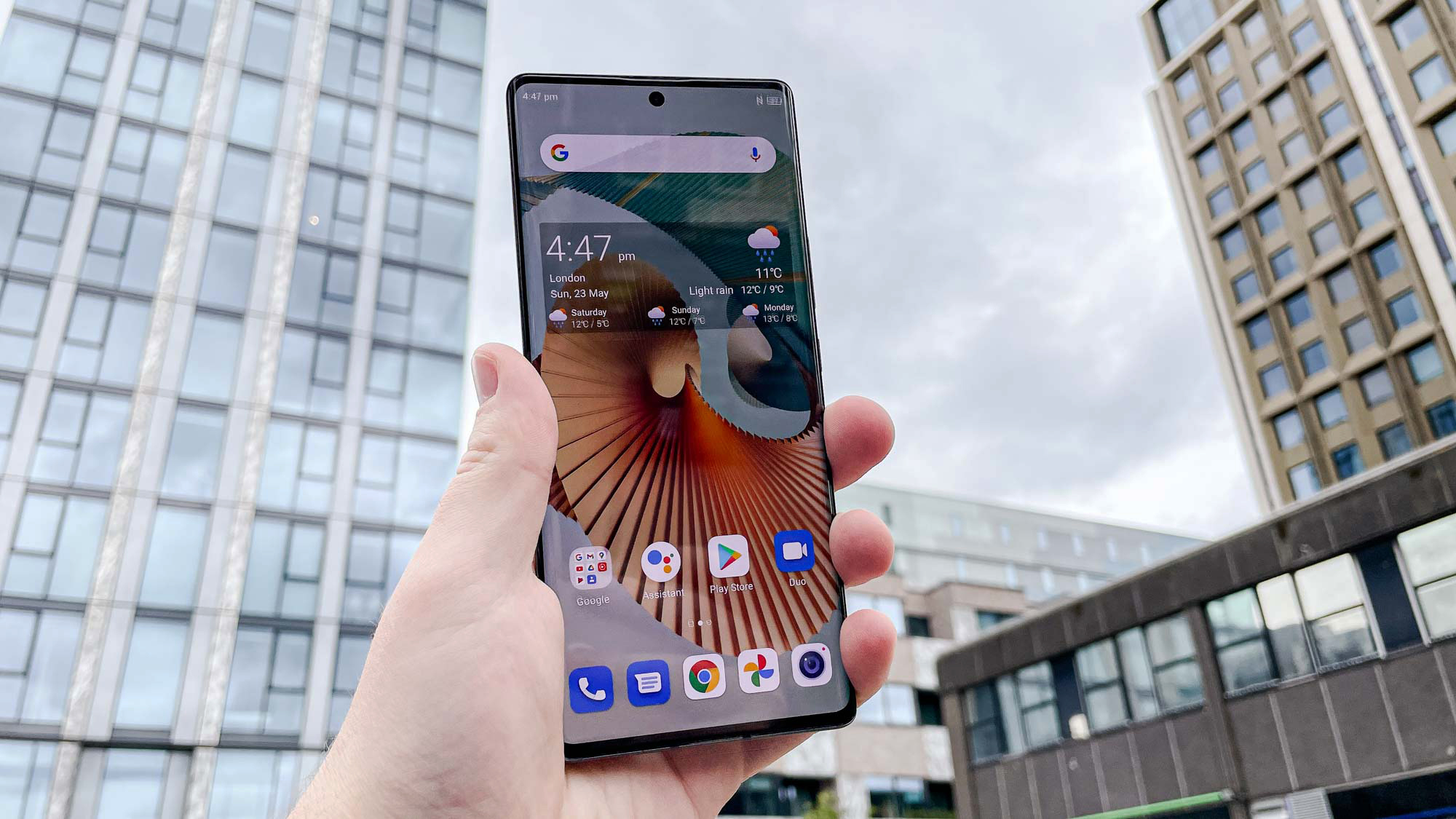
Mobile carriers in the U.S. are much more fragmented, which is bad news for finding a compatible network for the Axon 30 Ultra. At the time of writing, only T-Mobile appears to be compatible with the Axon's available bands, and even then, only one of them, which could mean unreliable reception. AT&T, Verizon and U.S. Cellular's 5G offering aren't compatible at all.
If you're an American customer, and 5G connectivity matters to you, the Axon 30 Ultra is a bad pick. Going with a OnePlus 9 Pro, Samsung Galaxy S21 Ultra or iPhone 12 Pro will offer a much more reliable 5G experience.
ZTE Axon 30 Ultra review: Battery and charging
Sporting a 4,600 mAh battery, the ZTE Axon 30 Ultra has an average-sized battery for a phone of its size, though it’s a small power pack for a top-tier phone. On the Tom's Guide custom battery test, which drains a phone by constantly browsing the web on mobile data, the ZTE managed 11 hours and 38 minutes when fixed at a 60Hz refresh rate. That's exactly an hour longer than the OnePlus 9 Pro managed when set to 60Hz (10 hours and 38 minutes), so ZTE's done a good job here.
There’s no wireless charging on the Axon 30 Ultra, but you might not miss it since you get rapid 66W wired charging. This gets you to 41% in 15 minutes, 70% in 30 minutes and to 100% in 47 minutes. This is fairly fast, and reduces the sting of the poor battery life quite a bit. However it's not as fast as the OnePlus 9 Pro, which manages 61% in 15 minutes and 99% in 30 minutes, thanks to its dual-cell battery design.
ZTE Axon 30 Ultra review: Software
ZTE’s MyOS 11 isn’t my favorite version of Android 11, but there’s not much to complain about. ZTE pre-installs only a few non-Google apps, and the UI elements it has customized are sharp and cleanly designed.
I did notice that ZTE’s not done the best job of translating descriptions and other longer explanatory captions when it comes to menus and settings. It doesn’t get in the way of operating the phone, but it’s a refinement issue that I’ve never come across while using Samsung or OnePlus phones.
ZTE Axon 30 Ultra review: Verdict
Having completed my ZTE Axon 30 Ultra review, it’s safe to say that ZTE has earned the right to call its phone “ultra”. The majority of its hardware is up to par with the best phones around right now.
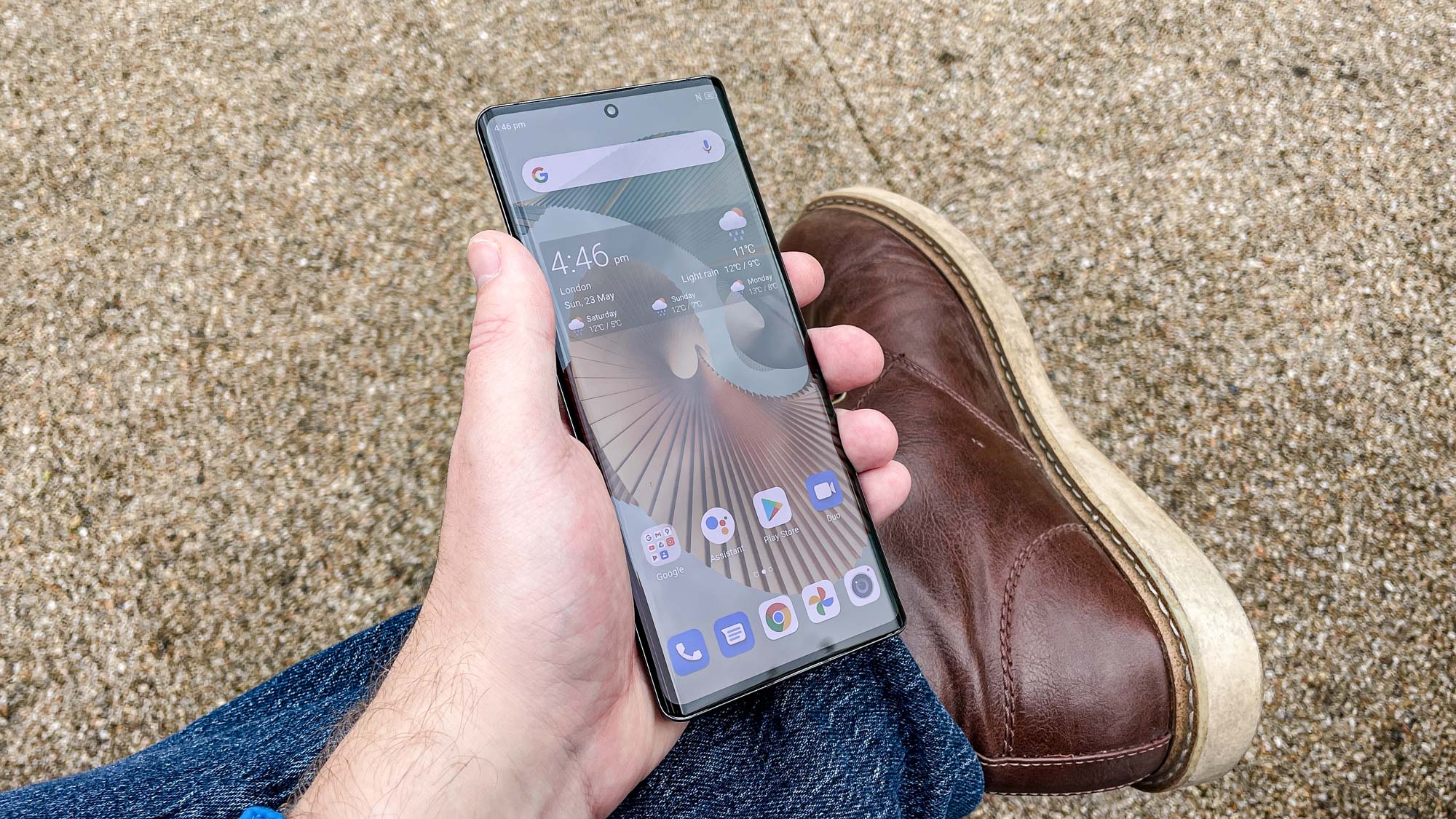
That said, the ZTE Axon 30 Ultra won’t top any best lists, as it’s dragged down by its less refined features. Had the phone offered a little more battery capacity, a QHD resolution display or some consistent photography software, it would easily be equivalent to the OnePlus 9 Pro, iPhone 12 Pro or Samsung Galaxy S21 Ultra.
Fortunately, the ZTE Axon 30 Ultra doesn’t have to be. Its current price is low enough that it's easy to overlook those shortcomings. ZTE’s made a real flagship-killing phone with the Axon 30 Ultra, and it should be your top choice if you want the ultimate hardware for the cheapest price you can get.

Richard is based in London, covering news, reviews and how-tos for phones, tablets, gaming, and whatever else people need advice on. Following on from his MA in Magazine Journalism at the University of Sheffield, he's also written for WIRED U.K., The Register and Creative Bloq. When not at work, he's likely thinking about how to brew the perfect cup of specialty coffee.
